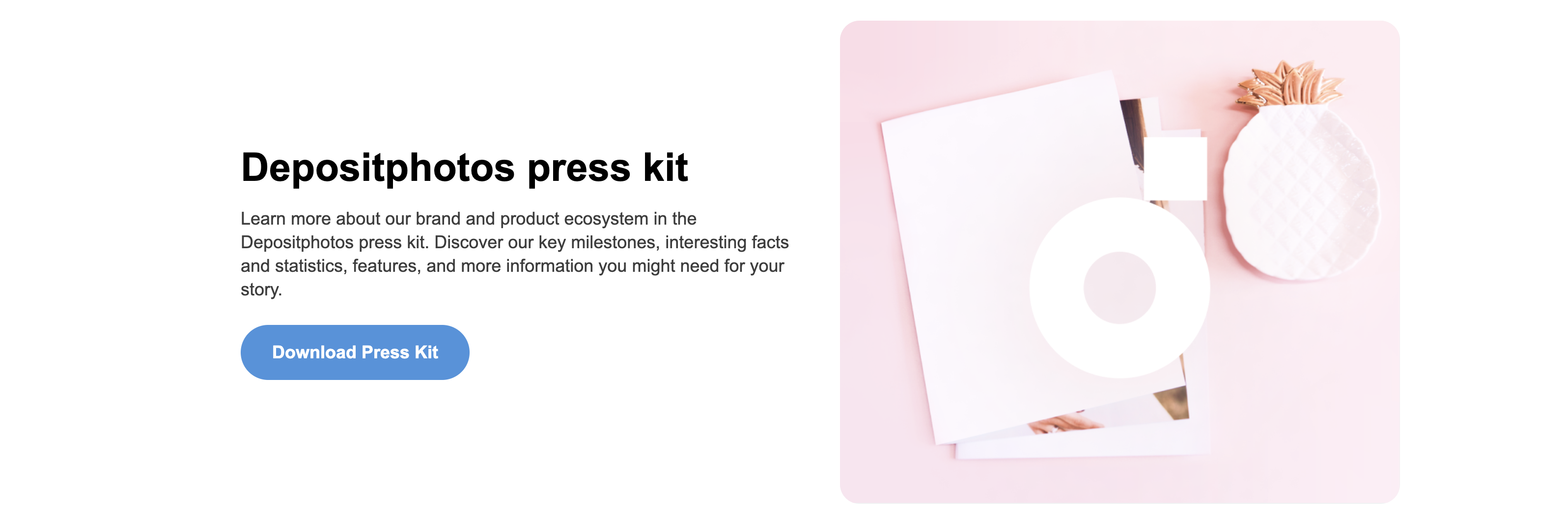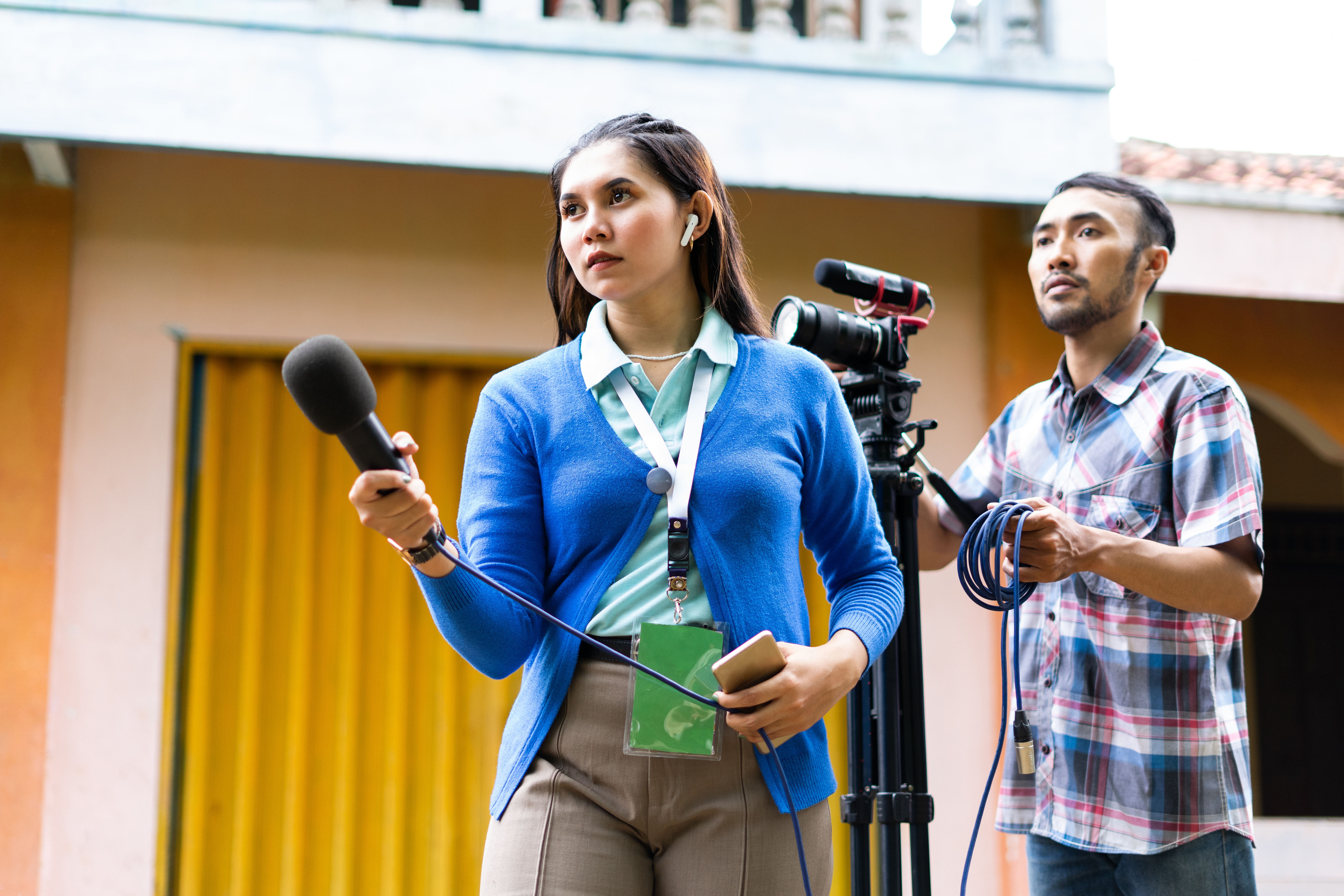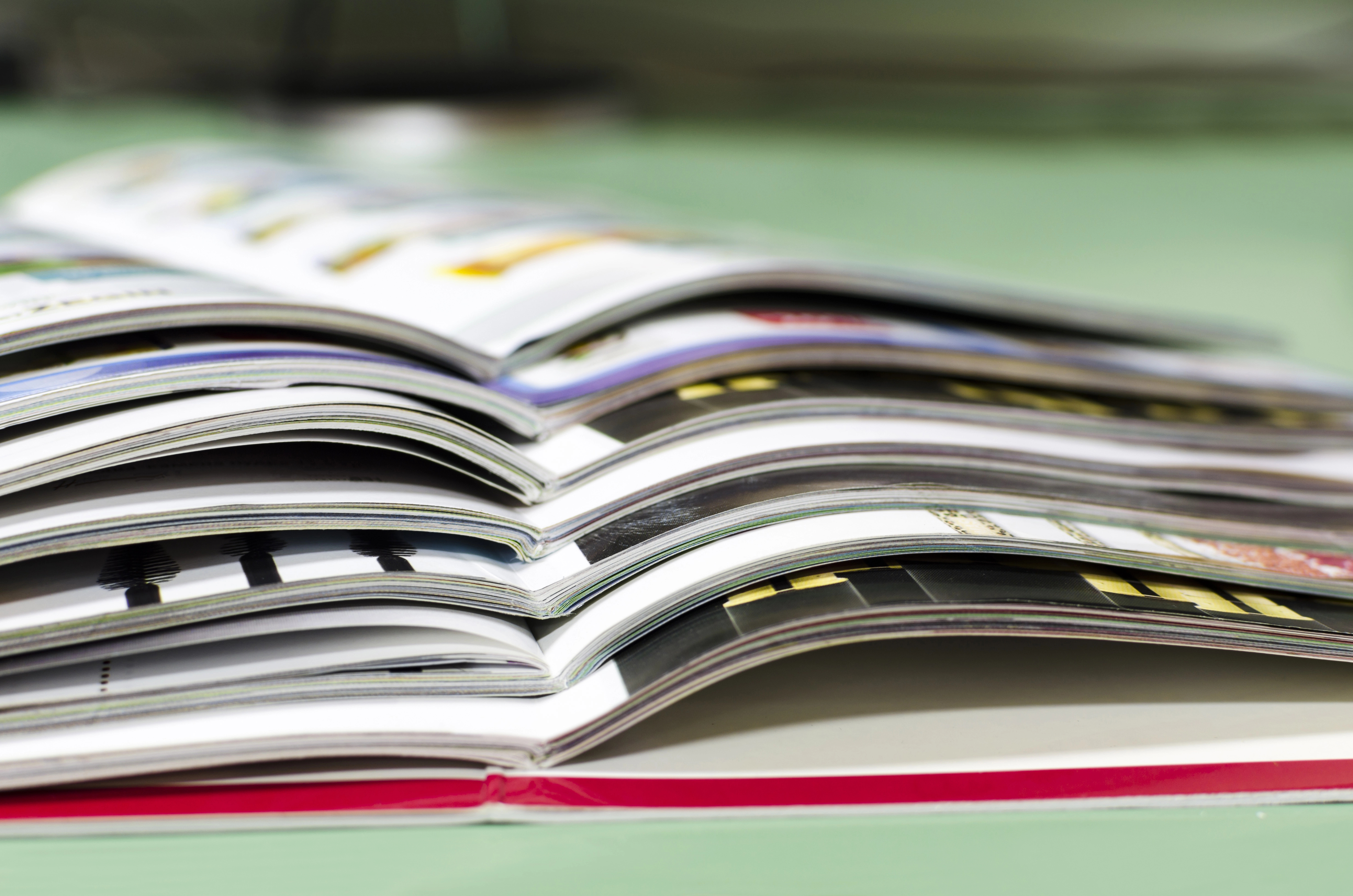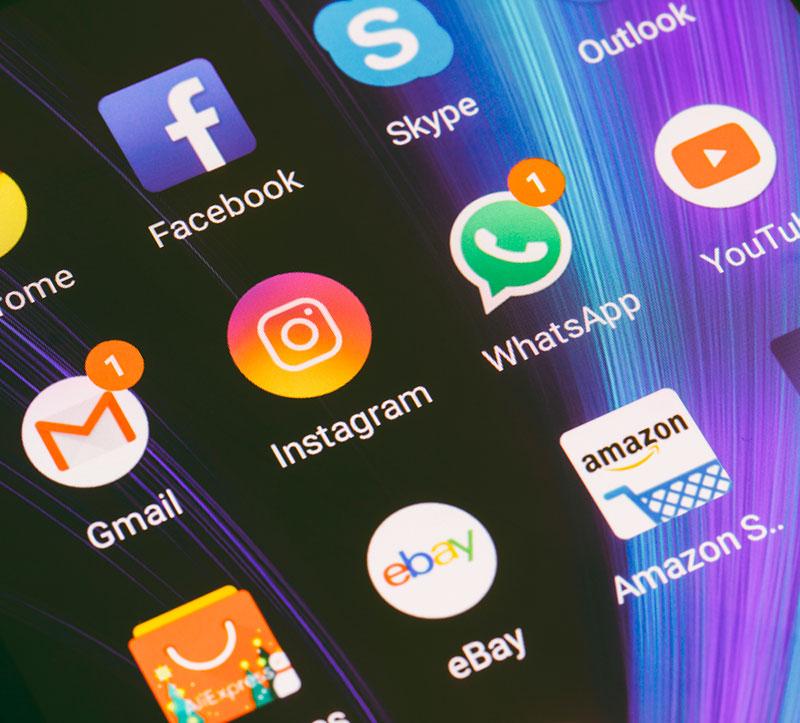How to Make a Media Kit for Your Organization
Want to communicate efficiently with media partners and influencers? Crafting a comprehensive media kit is the best tool to achieve this goal. Besides helping provide third parties with the context of your corporate history, values, and products, it enables you to make a positive impression on journalists, editors, and bloggers; as a result—a media kit facilitates potential partnership or even sponsorship.
High-quality images, which you can get from your company’s website or our stock library, are a critical part of a media kit. However, its structure is way more complicated than a press release. This article explains the essence of media and press kits, reviews their structural components, and gives tips on creating a media kit that works for better media coverage.
See Depositphotos Media Kit
What is a media kit and a press kit?
A typical media kit is a collection of materials that reflect your corporate history and values, provide information about your products and services, and include key facts and numbers about your organization. It is created for media professionals such as journalists, editors, bloggers, influencers, and sometimes business partners or conference visitors.
The difference between a media kit and a press release is that the latter is created mainly for press representatives, and a media kit has a broader audience. In particular, you can send your media kit to third-party PR managers, artists with whom you want to collaborate, affiliates, or content creation agencies. That’s why a media kit may include more information about your company—for example, branding guidelines, case studies, valuable analytical data, promo videos, or magazine interviews with your leadership.
A media kit can be shared as an attached folder or a link via mail, but it’s better to have a universal and up-to-date version of your kit published on your website. Sections where you can include it: About Us, Press Room, or For Media.
Here are some ideas for organizing your website—The 9 Most Popular Types of Websites to Make.
Media kit components and structure
What makes a good media kit? A media kit or a press release’s general purpose is to save time while interacting with media and other partners. The document has to provide them with details about your company, products, and corporate philosophy, as well as contain good quality files licensed for media or commercial usage.
On top of this, a good press release may include valuable resources for editors and media professionals, like fact sheets, testimonials, and media guidelines.


Depositphotos’ media kit and resources for the press.
A good media kit has the following structure:
Company overview
This section briefly covers your corporate history, gives a general vision of your firm’s values and mission, and highlights milestones of your commercial development. Here, you can also mention your brand geography, target audience, and place on the global market.
Product details
This is not a catalog of your products but rather a basic overview of your production potential. You can mention top-selling products or the most popular services here, with prices, images, or a video overview. It’s critical to start this section with an introduction describing your unique value proposition and the key features of your products.
Press release(s) & media coverage
If your company has already shared news for the media about significant product or leadership updates, products, or projects, add them here. It will help media professionals dive deeper into your corporate context. It’s even better if your updates and events are covered by prestigious media platforms. Add links to the articles or videos; include screenshots with quotes.
Leadership information
List your chief executives and official spokespersons with their positions, professional backgrounds, and biographies. If possible, include links to their LinkedIn or Twitter profiles, high-resolution headshots, and quotes about the company. To avoid journalists bothering officials too often, add the PR manager’s contact information here and highlight it.
Case studies & client testimonials
To boost your positive image, create a section on how your company can successfully resolve client issues. You’ll need official clients’ feedback or quotes, followed by their images. Another option is to create a series of diverse case studies and describe your work style, ways to address professional challenges, and work results.
Key corporate statistics
Corporate stats usually include the most recent data on the number of your clients, their geography, the impact of your products or side projects, the size of your company, as well as data about your commercial success, media coverage, and more. We advise you to provide it in the form of digestible branded infographics. Here are some tips: 10 Best Data Visualization Tools and Techniques.
High-quality media assets
Logos of different sizes and formats, promotional visuals, fonts, photos of your team, a video overview of your production site or offline stores, product images, and even stock images that align with your brand style are all files you can provide media representatives with. The more materials they have to include in their articles or videos, the higher the probability of you being satisfied with their work.
Explore some tips here—The Key to Building a Unique Brand Identity with Stock Images.
Brand guidelines & resources
To ensure that new materials published about your company will align with your brand tone of voice or existing branding, provide partners with links to other handy resources about your style. This includes your corporate color palette, fonts, style of image editing, and other aspects.
More on this topic—Brand Consistency Across Platforms: What It Is and Why It’s Important.
Corporate contacts
Your email and official address, contact information about PR and press managers, etc.
How to make a press kit: 5 time-proven tips
#1 Be brief
Even media professionals don’t have unlimited time to study your entire brand history and mission details. In your press kit, focus on your target: provide the general context of your brand, form your positive image, and keep information about you consistent. Don’t write too much—each section should be no more than two pages.
#2 Consider your readers
Define whom you want to reach with your media kit. Bloggers, influencers, third-party PR managers, and other partners have different interests and need different sets of media files to publish content about you. Analyze what images, facts, infographics, and data are required and tailor your media kit to them.
#3 Design it consciously
If you expect your media partner to follow your brand guidelines, it’s better to follow them in your media kit too. In addition, make sure your brand or style guidelines provide illustrated examples of how partners and journalists should and shouldn’t communicate about your company. It will save your time on material approval and further edits. Note that the format of your media kit has to be digital-friendly—it will boost your reach.
Find ideas on how to organize your website in our article—Your Advanced Web Design Guide: Definitions, Examples, & Best Practices.
#4 Include diverse visuals
Your corporate logo, headshots of executives, product images, team pictures, key figure (achievement) infographics, and scans of certificates are a must. However, you can also attach versions of the same images for editors to fit their platform style better. For example, you can offer pictures with and without your corporate logo. A great advantage is having lifestyle images in your press kits so influencers can use them in their campaigns. You can use stock images for this purpose.
#5 Check facts & update
It’s critical to keep the information in your media kit updated. Review your kit completely every month and replace old images with new ones. Always add more fresh media mentions and releases and double-check information about your chief executives.
Final thoughts. What to do with your media or press kit
Regardless of your plans to hold a big public event or social initiative, announce changes in your product line, or provide leadership updates—it’s always better to have a media kit on your website. Upload your kit to your About Us or Press Room pages, and share the link with your marketing and sales team. You can also notify your existing media partners about it.
When a newsworthy event occurs in your organization, share a press release and a media kit with news platforms, agencies, journalists, and bloggers. Distribute your press kit among people at official events such as presentations, conferences, and events by your affiliates. And don’t forget to add a link to the press kit on your brand’s social media accounts and the public profiles of your officials.
Engage with media more by following our tips:
How to Write a Press Release [+Free Press Release Template]
Pro Tips to Create a Killer 5-Minute Presentation
How to Get Followers on Instagram: Your Comprehensive Guide to Organic Growth










